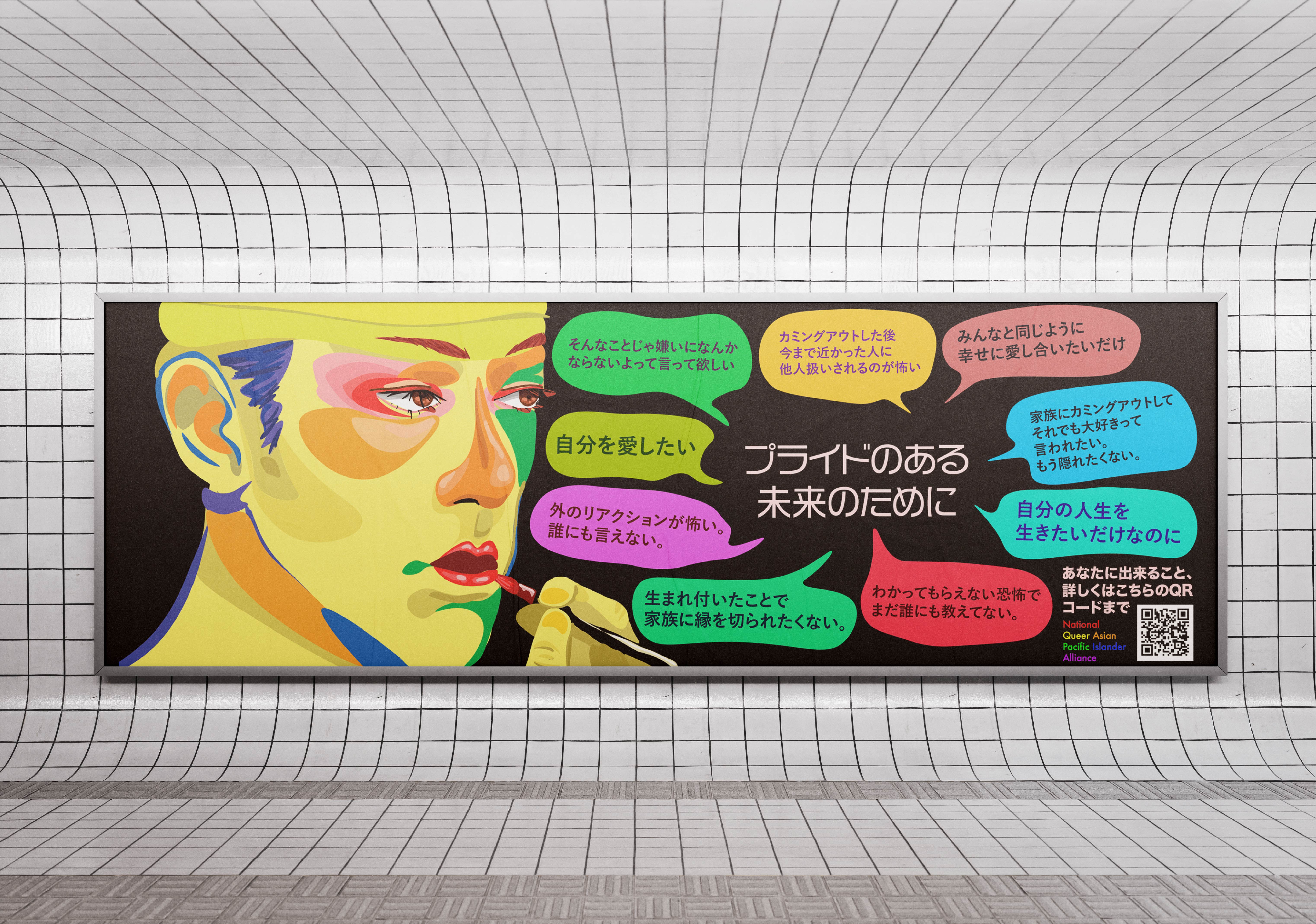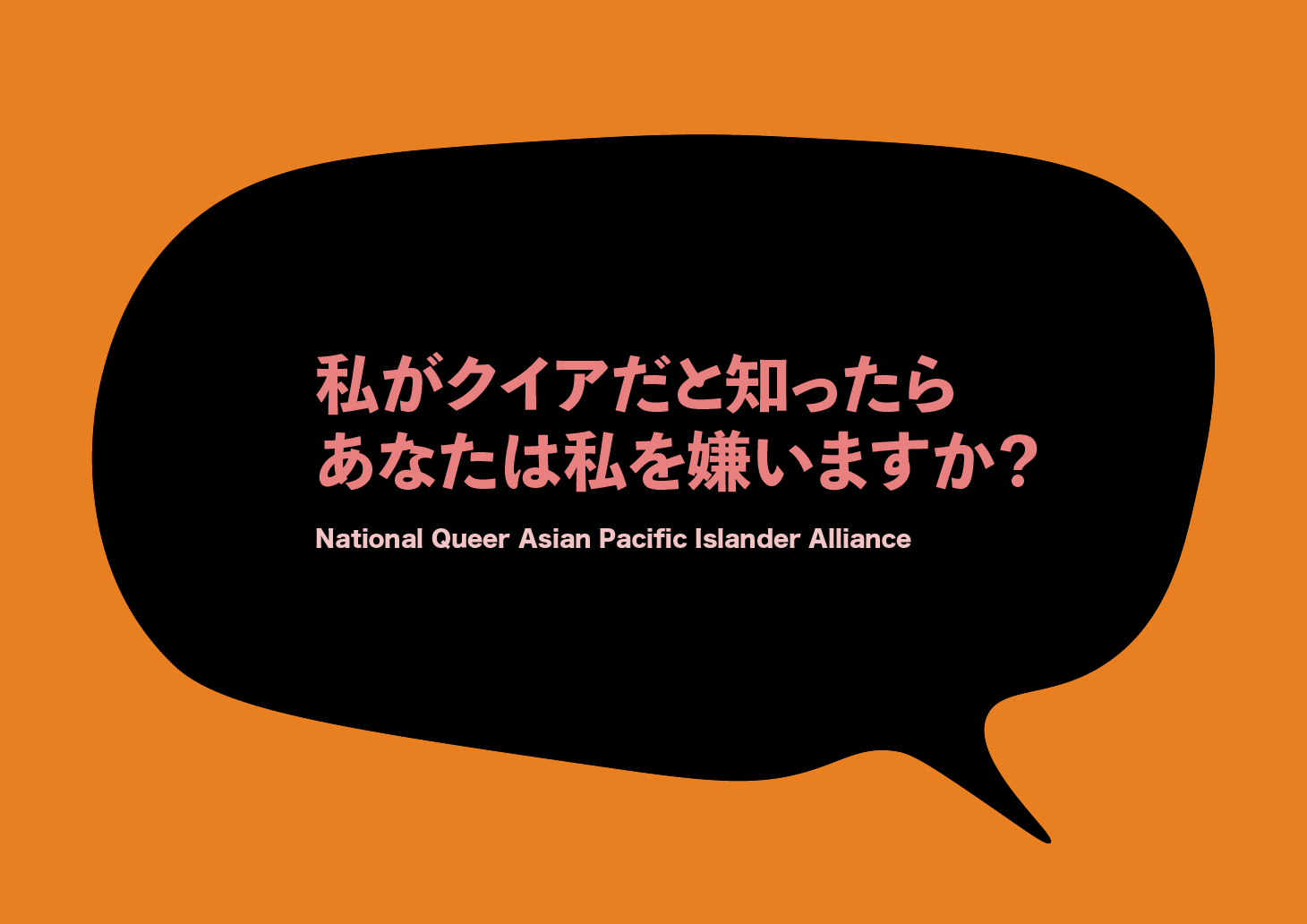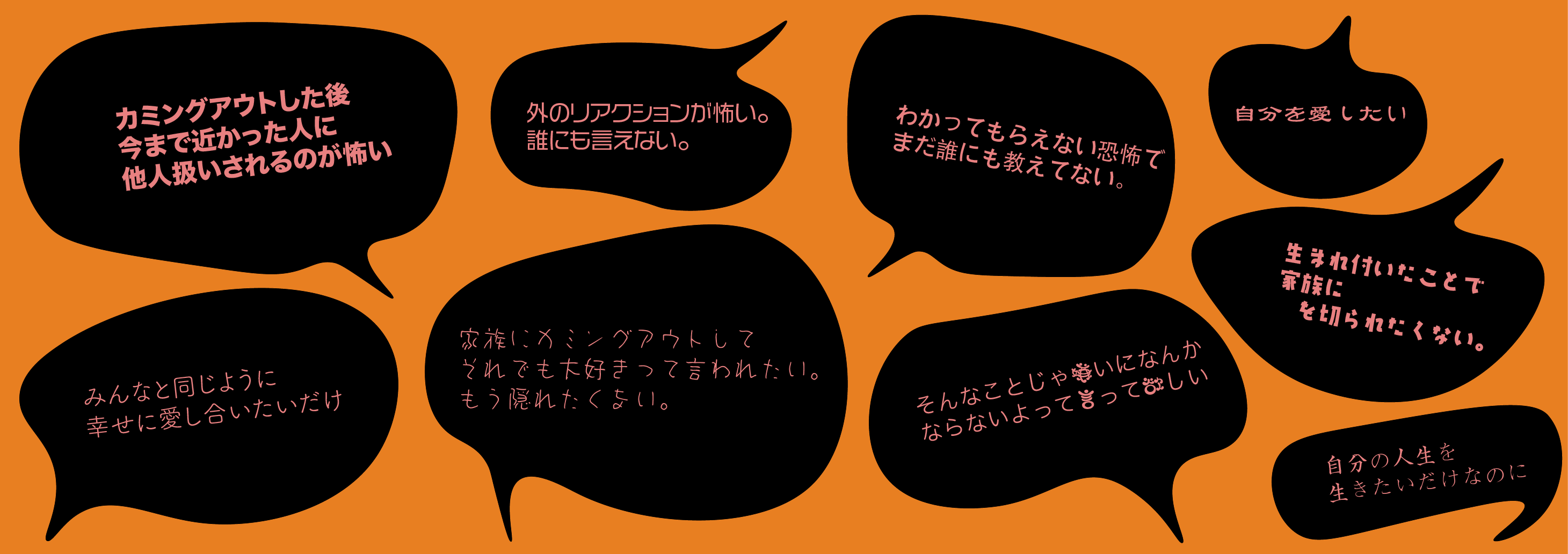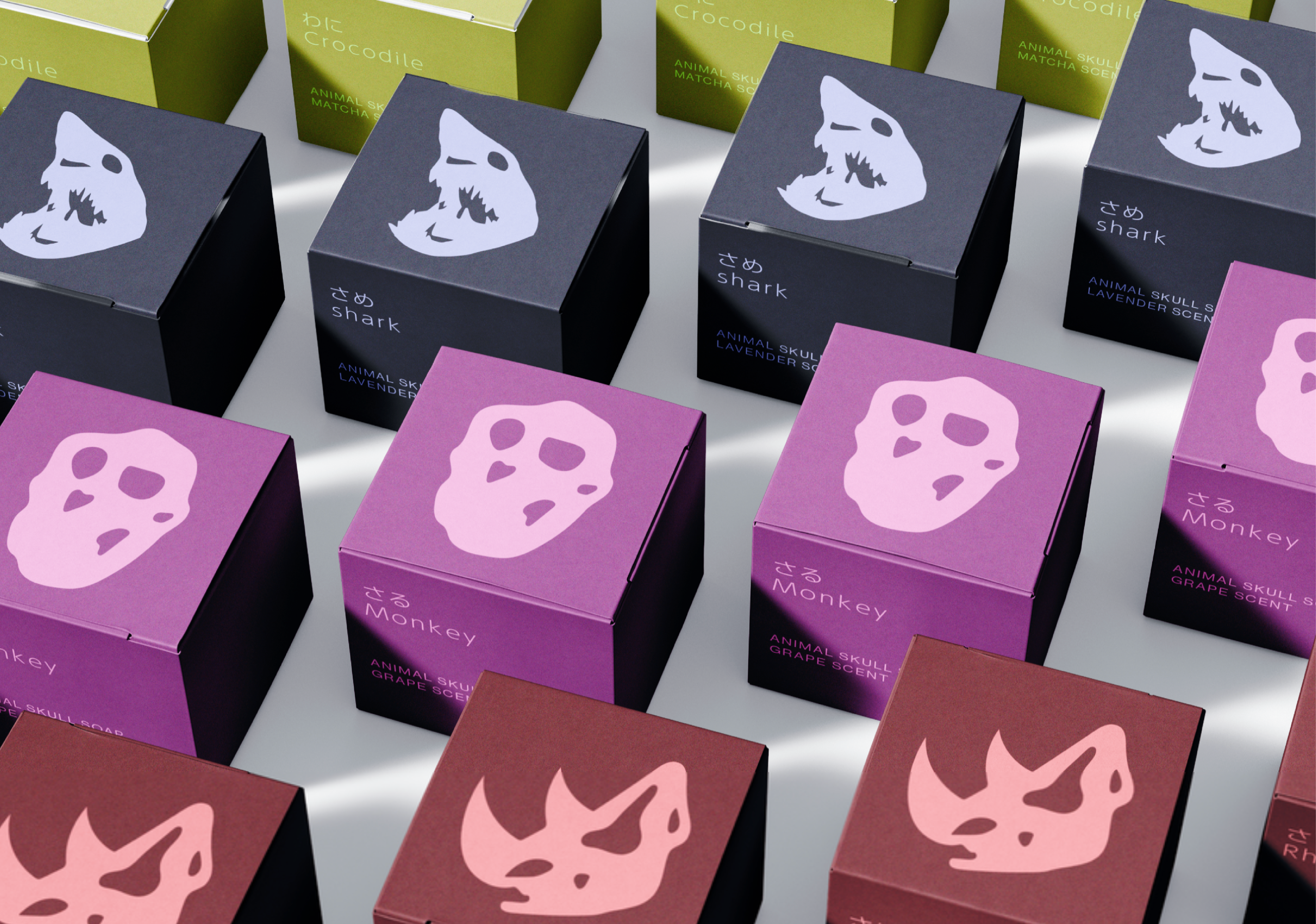
National Queer Asian Pacific Islander Alliance (NQAPIA)
Campaign based in Tokyo Subways
MISSION:
PROBLEM:
- Destigmatize Queerness
- Humanize LGBTQ+ community
- Make queer spaces and present in Tokyo
- Bring awareness to NQAPIA resources and work
PROBLEM:
- How do you get conservative Japanese citizens to listen to an issue that they are conditioned to ignore?
- How controversal should a campaign be in order to catch attention and explosure?
AUDIENCE:
LANGUAGE:
ART DIRECTION:
- Conservative Tokyo
- Elderly
- Japanese Traditional Thinkers
LANGUAGE:
- Japanese
ART DIRECTION:
- Visual: Bold, Present, Beautiful, Cultural
- Voice: Emotional, Hopeful, Human
INSPIRATION / BACKGROUND: Kabuki Theater



In the pictures shown is Ebizo Ichikawa, a well-known Kabuki actor, as himself, in a male role and a female role. Kabuki has traditionally been a male-exclusive theater; Kabuki actors will play the roles of all Genders and all personalities, expressing it through makeup, body language, and language. Kabuki is a dramatic and expressive theatrical art, similar to Drag.
The Onnagata (female role played by a male) and Wakashū (feminine young male/Japan third gender) were banned in ~1629 and ~1652, respectively, due to the shogunate beliefs that it was corrupting public morals; the ban was lifted years later.
The Onnagata (female role played by a male) and Wakashū (feminine young male/Japan third gender) were banned in ~1629 and ~1652, respectively, due to the shogunate beliefs that it was corrupting public morals; the ban was lifted years later.
I made two graphic illustrations to be the visual base of the campaign, both displaying a Kabuki actor either putting makeup, or dancing as a onnagata (female role).
Below you can see some explorations with text and space:
Below you can see some explorations with text and space:
PROBLEM:
- The designs below catch the eye but doesnt necessarily envoke any specific emotion, how do I now evoke emotion, specifically empathy?








After a little bit of a creative block,
I decided to completely start fresh to find inspiration...
I focused on empathy, human connection, and communication and developed a simple idea of speech bubbles.
I experimented with different typefaces and how they all had their distinct voice. While prioritizing legibility, I decided to make multiple anonymous speech bubbles with confessions from LGBTQ+ youth. Many of these mention the feeling of disconnect from family, isolation from others, fear of rejection, and emotional effects of conservative culture and the taboo nature of LGBTQ+ conversations in Japanese society.


 + I then combined these two designs to create the final design
+ I then combined these two designs to create the final design
Final Campaign Design Japanese


︎︎︎more work︎︎︎




